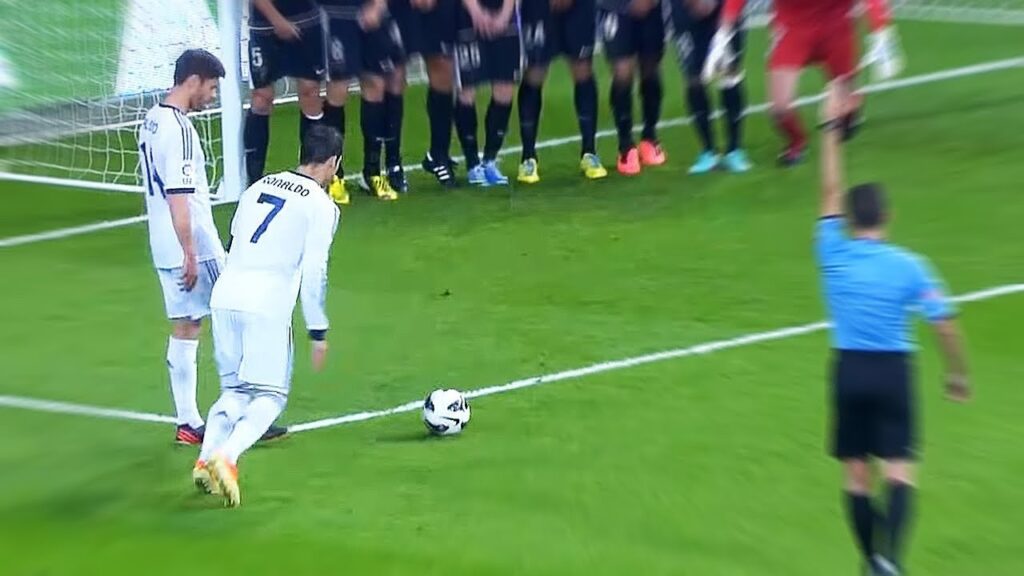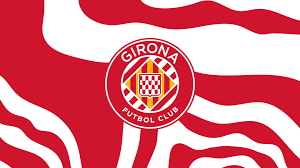
Indirect free kick
Football (soccer) is a game steeped in tradition and rules, many of which define the flow and fairness of play. One such rule is the indirect free kick, a scenario where the awarded team must touch the ball twice before it can result in a goal. While less common than direct free kicks or penalties, indirect free kicks are an important aspect of the game, often arising in situations requiring precision, strategy, and a keen understanding of the rules in https://j88hub.com/
What Is an Indirect Free Kick?
An indirect free kick is a restart of play awarded for certain infractions or fouls committed during a match. The defining characteristic of an indirect free kick is that the ball must be touched by at least two players—one from the team taking the kick and another player (from either team)—before a goal can be scored. If the ball enters the goal directly from an indirect free kick without a second touch, the goal does not count, and a goal kick is awarded to the opposing team.
The referee signals an indirect free kick by raising one arm straight up and keeping it raised until the ball has been touched by a second player or goes out of play.
When Is an Indirect Free Kick Awarded?
1. Technical Offenses by the Goalkeeper
An indirect free kick is often awarded for specific infractions involving the goalkeeper. These include:
- Holding the Ball Too Long: A goalkeeper may not control the ball with their hands for more than six seconds.
- Double Touch: If a goalkeeper touches the ball with their hands after releasing it and before another player touches it.
- Handling a Back-Pass: A goalkeeper may not handle the ball if it is deliberately kicked to them by a teammate.
- Handling a Throw-In: A goalkeeper cannot handle the ball directly from a throw-in by a teammate.
2. Non-Penal Fouls
Indirect free kicks are awarded for fouls that do not warrant a direct free kick. Examples include:
- Dangerous Play: Actions like high kicks or attempting to play the ball while lying on the ground, putting an opponent at risk.
- Obstruction: Illegally impeding an opponent’s progress without making a challenge for the ball.
- Dissent: Verbally or physically disputing the referee’s decisions.
3. Offside Offenses
When a player is caught in an offside position and actively involved in play, the opposing team is awarded an indirect free kick from the spot where the offside occurred.
How to Take an Indirect Free Kick
1. Positioning the Ball
The ball is placed at the spot where the infraction occurred. It must be stationary before the kick is taken.
2. The Role of the Taker and Teammates
The team taking the kick usually involves at least two players:
- Initial Taker: Touches or lightly taps the ball to make it move.
- Second Player: Receives the ball and attempts a shot, pass, or further play.
3. Defensive Setup
The opposing team must remain at least 10 yards (9.15 meters) away from the ball until it is in play. Inside the penalty area, defenders can position themselves on the goal line but must respect the distance rule outside the area.
4. Strategy and Execution
Indirect free kicks often involve creative plays to overcome defensive setups. Teams may use decoy runners, quick passes, or trick plays to create scoring opportunities.
Examples of Indirect Free Kick Situations
1. Inside the Penalty Area
An indirect free kick awarded inside the penalty box often creates dramatic moments. For example, if a goalkeeper handles a back-pass, the opposing team is granted an indirect free kick from the spot of the infraction. Given the proximity to the goal, defenders typically form a wall on the goal line, and attackers must find innovative ways to score.
2. Offside Decisions
When a player is caught offside, the indirect free kick is taken from the point where the offside occurred. While this usually happens in midfield or on the flanks, quick play from these situations can lead to counter-attacks.
3. Time-Wasting by the Goalkeeper
If a goalkeeper holds onto the ball for more than six seconds, an indirect free kick is awarded to the opposing team. This scenario can change the momentum of a match, especially if it happens late in the game.
Tactical Importance of Indirect Free Kicks
1. Creativity in Playmaking
Indirect free kicks encourage teams to use inventive set-piece strategies. Teams often rehearse complex plays during training sessions to maximize their chances of scoring from these situations.
2. Defensive Discipline
Indirect free kicks often result from minor fouls or technical infractions, highlighting the need for defensive discipline. Teams must avoid committing unnecessary fouls that could grant opponents dangerous scoring opportunities.
3. Momentum Shifts
An indirect free kick can shift momentum, especially when awarded in the attacking third. If converted into a goal or near-goal opportunity, it can energize the attacking team while demoralizing the defense.
The indirect free kick is an integral yet often underappreciated aspect of football. While less common than direct free kicks, it offers teams a unique opportunity to demonstrate creativity, teamwork, and tactical ingenuity. Whether it arises from a goalkeeper’s mistake, a minor foul, or an offside decision, the indirect free kick has the power to influence the outcome of a match and deliver unforgettable moments for players and fans alike.



